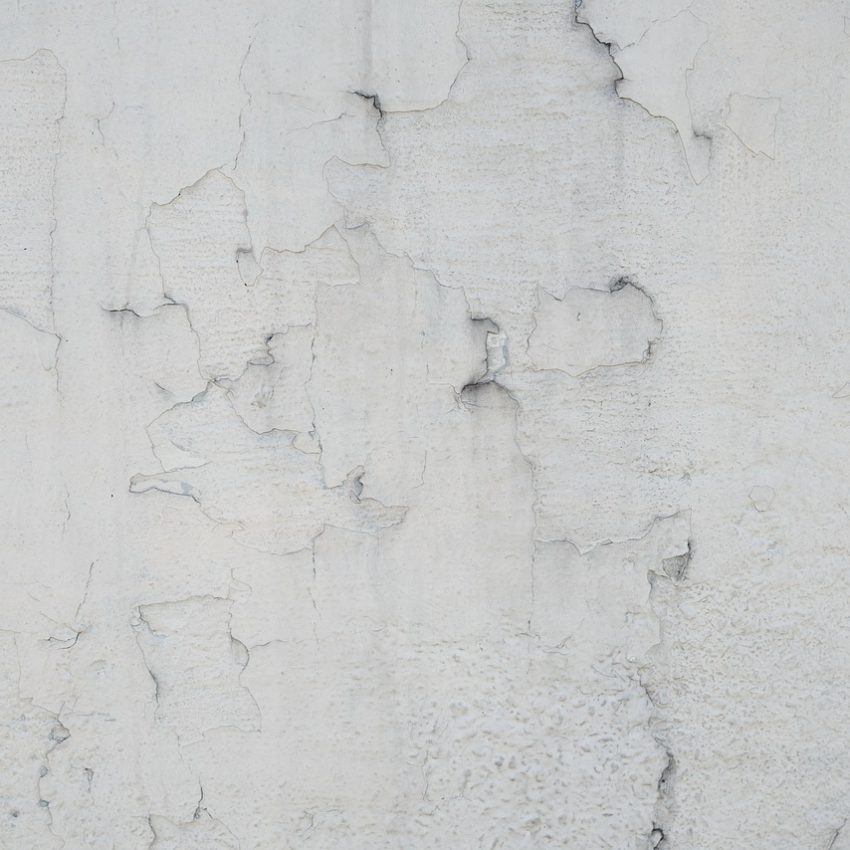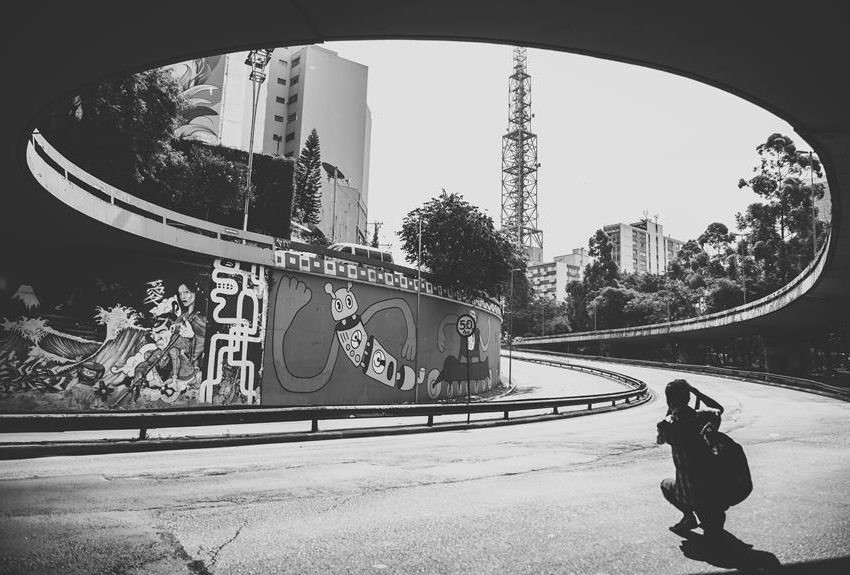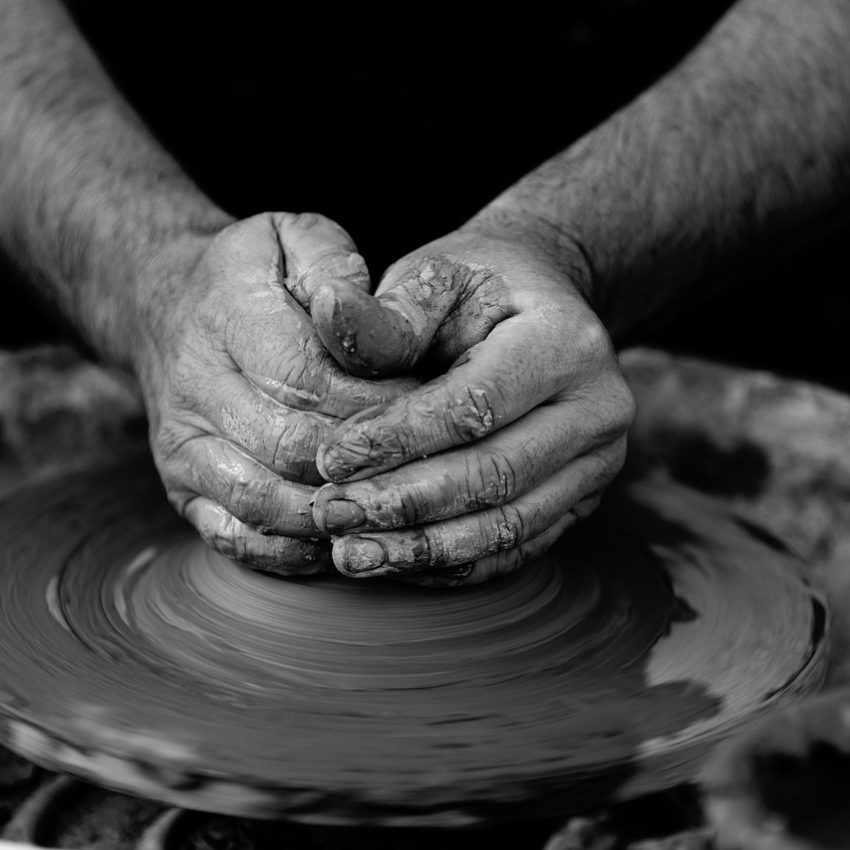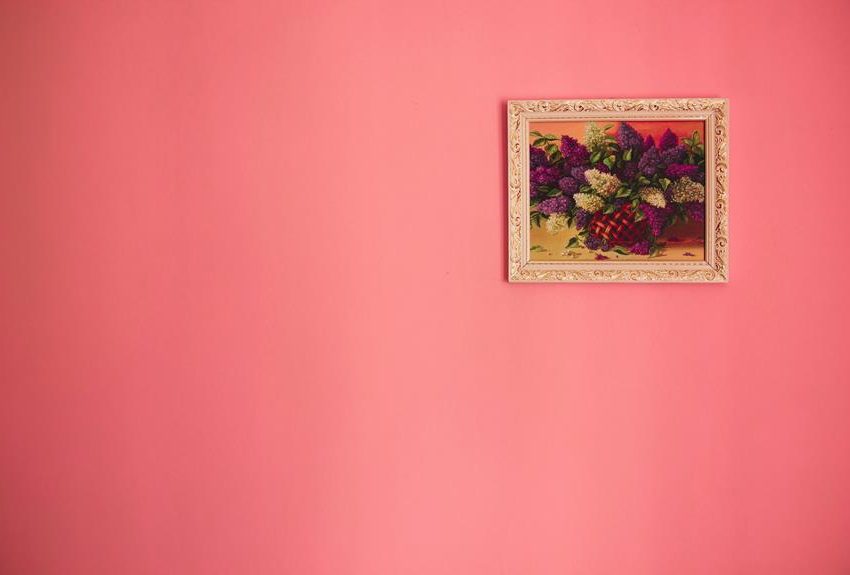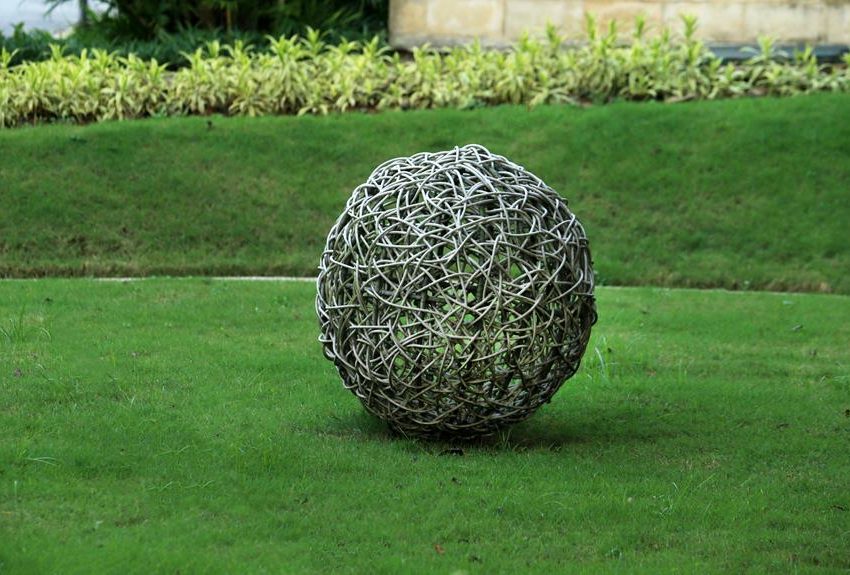Traditional Art vs Digital Art
In the art world, the debate between traditional art vs digital art has sparked discussions about the merits of each form.
While traditional art forms like painting and sculpture have long been revered for their craftsmanship and historical significance, contemporary art encompasses a broader spectrum of artistic practices, including digital art, installation art, and performance art.
Each art form offers unique opportunities for expression and exploration, blurring the lines between traditional and digital mediums.
Some argue that traditional art holds a timeless allure, rooted in centuries-old traditions and techniques passed down from generation to generation.
Others contend that digital art reflects the pulse of modern life, embracing technological advancements and pushing the boundaries of artistic innovation.
Comparing digital art to traditional art
Versatility
Traditional art forms have a rich history and encompass a wide range of mediums such as painting, sculpture, drawing, and printmaking. Each medium has its unique characteristics and techniques.
Digital art provides endless possibilities for experimentation and exploration. Artists can combine various digital tools and techniques to create multimedia artworks, animations, interactive installations, and more.
Impact
Traditional art often carries cultural and historical significance, rooted in centuries-old traditions and techniques. Original artworks may evoke a sense of authenticity and craftsmanship, which are highly valued elements in a museum’s collection.
Digital art reflects contemporary culture and technological advancements, often showcased in art museums as a testament to ongoing artistic evolution. It can reach a global audience instantaneously through online platforms, fostering new forms of creative expression and engagement.
Accessibility
Traditional art materials can be expensive, and artists may face limitations in terms of space and resources. Additionally, traditional artworks may be restricted to physical exhibition spaces.
Digital art offers greater accessibility as it can be created using relatively affordable tools like tablets and software programs, democratizing art production and allowing a wider audience to appreciate these pieces of art. Digital artworks can be easily shared online and reproduced without loss of quality.
Creative Process
Traditional art typically involves physical materials such as paint, canvas, and brushes, requiring manual dexterity and tactile skills. Artists work directly with their hands to create pieces.
Digital art, on the other hand, utilises digital tools such as graphic tablets, styluses, and software programs. Artists work on electronic screens, often using techniques similar to traditional mediums but with the added flexibility of digital manipulation, blurring the lines between traditional art production and modern digital practices.
In essence, both digital and traditional art forms offer distinct advantages and challenges, and their integration into the museum of art exhibitions demonstrates the diverse spectrum of artistic expression.
The choice between them often depends on the preferences and objectives of the artist, as well as the context in which the artwork is created and experienced.
In traditional art, mistakes are not easily rectified with the simple click of an “undo” button as in digital platforms.
Instead, artists are compelled to confront errors and devise creative solutions to address them.
This necessity for problem-solving fosters resilience, adaptability, and critical thinking skills.
Over time, the experience of navigating and overcoming artistic challenges not only enhances an artist’s technical proficiency but also cultivates a deeper understanding of their craft.
In essence, the constraints of traditional art compel artists to embrace setbacks as opportunities for growth, ultimately refining their skills and honing their artistic vision.
Exploring Traditional Art Forms
Traditional art forms like painting, sculpture, and pottery are cultural repositories of history and identity. In traditional painting, techniques vary from region to region, reflecting a particular culture’s unique aesthetics and beliefs. For example, traditional Chinese painting often features brushwork that symbolizes harmony with nature. Indian miniatures showcase intricate detailing depicting mythological tales; both are regarded as invaluable works of art in museums worldwide. Sculpture in traditional African art, known for its stylized forms conveying spiritual meanings, like the elongated figures in Dogon sculptures representing ancestral spirits, occupies a significant place in cultural museum collections.
Exploring Digital Art’s Departure from Traditional Forms
As digital art continues to evolve, it diverges from conventional artistic paradigms, offering a departure from traditional forms. Unlike traditional mediums like painting or sculpture, digital art transcends physical limitations, existing in virtual spaces and embracing technological innovation. Digital artists explore new avenues of creativity, utilizing software programs, algorithms, and digital tools to create immersive experiences that challenge traditional notions of art. From algorithmic-generated artworks to virtual reality installations, digital art pioneers unconventional techniques and mediums, blurring the boundaries between art and technology. In this departure from tradition, digital art opens up a realm of boundless possibilities, inviting audiences to reconsider their perceptions of artistic expression in the digital age.
Materials
The materials used in traditional art creation are often deeply connected to the environment and available resources. Inuit soapstone carvings from Canada utilize locally sourced stone to depict animal forms with smooth lines and polished finishes. Japanese Raku pottery embraces imperfections in clay vessels through a firing process that results in unique patterns and textures celebrated for their wabi-sabi aesthetic. These examples highlight how traditional artists ingeniously adapt materials to tell stories or convey emotions within their cultural context.
Renowned traditional artists like Frida Kahlo from Mexico, known for her vibrant self-portraits reflecting her struggles and Mexican cultural heritage, exemplify the power of conventional art transcending boundaries. In sculpture, Haida artist Bill Reid’s monumental works celebrate the indigenous narratives of his people from the Pacific Northwest Coast. Such artists preserve their cultural traditions and inspire new generations to appreciate the beauty and depth found in traditional art forms around the world.
Preserving Traditional Art Heritage
Preserving traditional art heritage is crucial for passing down cultural legacies to future generations. Traditional artworks embody their creators’ artistic skill and hold deep historical, religious, or social significance. Efforts to conserve traditional art practices involve documenting techniques, protecting valuable artefacts, and educating communities about their importance. For example, in Japan, the art of woodblock printing, known as “ukiyo-e”, has been meticulously preserved through specialized workshops and apprenticeships to ensure the continuation of this centuries-old craft.
UNESCO
Organizations worldwide play a vital role in safeguarding traditional art forms from the threat of extinction, ensuring these works of art remain part of our global heritage. The UNESCO Intangible Cultural Heritage Lists recognize practices such as India’s classical dance forms or basket weaving traditions in Africa, emphasizing their significance globally. Individual artists and artisans are also instrumental in preserving traditional art by mentoring younger generations and innovating within established techniques to keep the art alive and relevant. In Peru, skilled weavers from indigenous communities work together to maintain ancient textile patterns that carry stories of their cultural heritage.
Globalization has brought challenges and opportunities for preserving and promoting traditional art. While modern influences can sometimes dilute or overshadow traditional practices, they can also provide exposure to a broader audience. Social media platforms, for instance, have enabled artists practising traditional methods to connect with enthusiasts worldwide and gain recognition beyond their local spheres. Balancing authenticity with adaptability becomes essential in ensuring that conventional art remains valued and sustainable amidst evolving cultural landscapes.
Traditional Art in Modern Context
The distinction between traditional and digital art isn’t always clear-cut, as artists increasingly incorporate digital tools and techniques into their creative processes. For instance, a painter may use digital software to sketch preliminary ideas before transferring them onto canvas, while a digital artist may draw inspiration from traditional styles and motifs. The overlap between traditional and digital art underscores the dynamic nature of artistic practice in the present day, where artists are free to explore new forms of expression and experimentation.
Traditional art forms are experiencing a renaissance in today’s art world by fusing age-old techniques with contemporary styles. Artists around the globe are blending the essence of traditional art with modern interpretations, creating eclectic and captivating pieces that resonate with diverse audiences. For example, Japanese artist Takashi Murakami seamlessly combines conventional Japanese painting techniques with popular culture aesthetics to produce vibrant and avant-garde artworks bridging past and present.
Similarly, digital art has emerged as a potent force in modern artistic expression, offering new avenues for creativity and innovation. Digital artists draw inspiration from traditional art forms, reimagining them through digital mediums to create visually stunning and conceptually rich works. Through techniques such as digital painting, 3D modelling, and virtual reality, digital artists infuse traditional motifs and narratives with a contemporary twist, captivating audiences with their cutting-edge creations. This blending of traditional and digital approaches exemplifies the dynamic nature of art in the modern context, where boundaries are blurred, and artistic possibilities are limitless, offering a rich collection of art pieces for museums.
ADD HEADING H3
Technology is pivotal in revitalizing and promoting traditional art by providing platforms for artists to showcase their work globally. Social media, online galleries, and virtual exhibitions enable traditional artists to reach wider audiences beyond geographical boundaries. Through digital mediums, traditional art forms like Indian Madhubani paintings or Mexican Huichol beadwork gain visibility and appreciation from individuals who might not have encountered them otherwise.
Contemporary artists often draw inspiration from traditional art forms to pay homage to their roots while offering a fresh perspective on age-old practices. For instance, Ghanaian-British painter Lynette Yiadom-Boakye infuses her portraits with elements inspired by classical European portraiture and West African aesthetics, creating a unique blend of tradition and innovation. By integrating traditional influences into their works, these artists contribute to preserving and evolving cultural heritage in a rapidly changing artistic landscape.
Appreciating Cultural Diversity through Traditional Art
Traditional art serves as a powerful mirror reflecting communities’ cultural identities worldwide. Traditional artworks encapsulate rich narratives and historical significance unique to each culture, from intricate patterns in Islamic art symbolizing spiritual beliefs to the vibrant hues of Aboriginal Australian paintings representing connections to the land. For instance, the Maasai beadwork in East Africa showcases exquisite craftsmanship and signifies social status and tribal affiliations within their community. By delving into these artistic expressions, individuals can gain profound insights into diverse societies’ values, traditions, and worldviews.
ADD HEADING H3
Case studies show how traditional art is pivotal in safeguarding indigenous knowledge systems. The intricate storytelling depicted through Navajo rugs or the geometric motifs in Ukrainian pysanky (Easter eggs) are not merely decorative but are carriers of ancient wisdom and cultural heritage. These art forms act as living repositories of ancestral teachings, passed down through generations, preserving languages, myths, and rituals that might otherwise fade into obscurity. Through initiatives like community-based artisan cooperatives or cultural workshops, efforts are underway to ensure these intangible treasures shine brightly in a rapidly changing world.
Embracing diverse traditional art forms fosters cross-cultural exchanges that transcend linguistic or geographical barriers. When individuals engage with Mayan weaving techniques from Guatemala or Japanese woodblock printing methods, they embark on journeys of understanding and appreciation for unfamiliar customs and aesthetics. Such exchanges facilitate mutual respect, empathy, and a more profound interconnectedness among global citizens. As we celebrate the kaleidoscope of humanity’s creativity woven into traditional art practices worldwide, we pave the way for meaningful dialogues that bridge divides and cultivate a shared sense of cultural appreciation and unity.
Education and Traditional Art
Incorporating traditional art into educational curriculums carries immense significance in nurturing a holistic understanding of cultural heritage. By immersing students in the world of conventional art, educational institutions provide experiential learning opportunities that go beyond textbooks. For instance, imagine a history lesson coming to life as students try their hand at ancient pottery techniques or replicate intricate patterns from traditional tapestries. This hands-on engagement fosters creativity and deepens their appreciation for the historical context in which these art forms originated.
Studying traditional art
Studying traditional art is a gateway to unravelling the interconnected threads of history, culture, and societal values woven into each masterpiece. By delving into the brushstrokes of renowned traditional artists like Katsushika Hokusai’s woodblock prints from Japan or Frida Kahlo’s vibrant self-portraits from Mexico, students gain insights into the narratives and beliefs that shaped different societies. Through this exploration, they develop a profound respect for cultural diversity and heritage, fostering empathy and understanding towards global perspectives, a mission many museums of art aim to support through their collections.
Furthermore, including traditional art in educational settings enriches students intellectually and hones essential skills such as critical thinking and problem-solving. When students analyze the symbolism behind Maori tribal tattoos or study the symbolism in African beadwork, they are encouraged to think creatively and interpret visual language—a crucial skill set applicable beyond the realms of art. This interdisciplinary approach nurtures well-rounded individuals who appreciate the beauty of tradition while embracing innovation in their creative endeavours, including producing fine art. Ultimately, by integrating traditional art into education, we pave the way for a generation capable of bridging cultural divides through shared artistic experiences.
Preserving traditional art practices
Challenges and Future Prospects Preserving traditional art practices face numerous challenges in today’s fast-paced world. One significant obstacle is the threat of cultural erosion due to globalization, urbanization, and modernization. In many communities, younger generations are increasingly drawn to contemporary art forms, leaving traditional art at risk of fading into obscurity. Additionally, economic factors can hinder the sustainability of conventional artisans who struggle to compete with mass-produced goods. For example, indigenous weavers in South America find it challenging to sustain their craft as cheaper machine-made textiles flood the market.
Traditional Art in a Digitial Art World
Immersive exhibitions are gaining widespread popularity in the contemporary art world, offering visitors unique and engaging experiences that transcend traditional viewing formats. Nowadays, one can immerse oneself in exhibitions showcasing renowned artistic movements like Impressionism, where the artworks are exclusively represented through digital mediums. These immersive experiences blend cutting-edge technology with creative expression, allowing audiences to interact with digital renditions of iconic masterpieces in ways previously unimaginable. By seamlessly integrating digital art into the exhibition space, viewers are transported into the vibrant world of the Impressionists, where strokes of colour and light come to life on high-definition screens or through immersive projections. This innovative approach breathes new life into familiar artworks and provides an accessible and dynamic platform for exploring art history and contemporary artistic practices. As immersive exhibitions continue to evolve and captivate audiences worldwide, they underscore the transformative power of digital art in reshaping our perception of creative expression and cultural heritage.
Traditional and Digital Art: Is one better than the other?
It would be irresponsible to assert that one art form is inherently superior to another. Both traditional and digital art demand skill and creative thought. Comparing their worth is akin to debating whether literature surpasses cinema. The labels “better” and “worse” are arbitrary and inadequate for assessing art.
The emotional impact of art should transcend its medium. When a piece resonates with you, regardless of its form, it achieves its purpose. Does it truly matter which techniques or tools the artist employed if the message reaches you profoundly?
A manuscript penned by hand holds no more excellent value than one typed on a typewriter, and likewise, a digitally composed book isn’t inherently superior. What matters are the substance, the concept, the outcome, and how these elements contribute to the broader collection of fine art?
Conclusion
Ultimately, the distinction between traditional and digital art matters less than the impact and resonance of the artwork itself. Whether created by hand using traditional techniques or digitally rendered using new technologies, a piece of art is designed to evoke emotion, provoke thought, and stimulate the senses. As art continues to evolve in the 21st century and beyond, the boundaries between traditional and digital mediums may blur even further, giving rise to new forms of artistic expression and expanding the possibilities of human creativity.
Various forms and mediums serve as conduits for expression and exploration. Art refers to the vast assortment of creative endeavours encompassing traditional and digital art. Through art education, students delve into different kinds of art, honing their skills and knowledge under the guidance of mentors, much like apprentices at the Florence Academy of Art. Whether carving sculptures with tangible materials or illustrating on digital devices like iPads, artists demonstrate their ideas and transmit their messages through their chosen medium. Mistakes are made and erased, but the finished product, whether a handmade sculpture or a digital illustration, speaks volumes about the artist’s conscience and vision. Realism and Impressionism coexist within the traditional and digital realms, each offering unique artistic expression opportunities. As students retrieve knowledge from various sources like Wikipedia, they discover the rich history and techniques associated with different types of art. While traditional art relies on physical mediums like pencils and tangible works, digital art utilizes devices like iPads to create original works that differ significantly in form and presentation. In the end, whether an artist chooses one medium over another, what matters most is the art itself—its ability to evoke emotion, provoke thought, and illustrate the human experience across generations.
